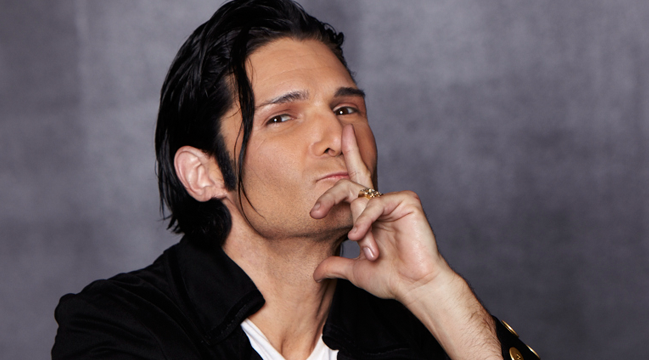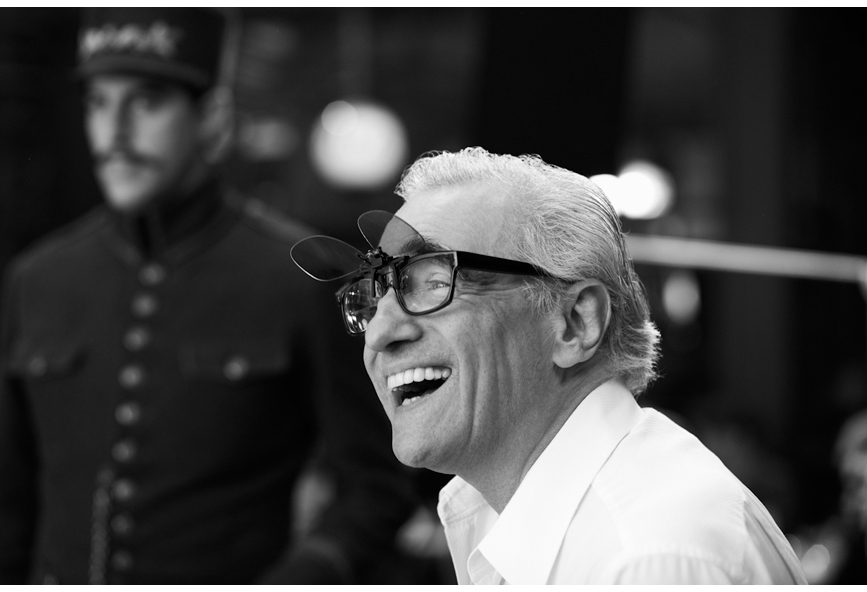Alright, picture this.
It’s early June, 1985. You’re thirteen years old, sitting around in your Indiana Jones t-shirt, watching The Empire Strikes Back for the 90th time, and listening to Tears for Fears’ “Everybody Wants to Rule the World” on loop. Maybe, you’re even snacking on a bowl of Cookie Crisp because it’s pure, unadulterated sugar and you deserve it after putting up with an entire year of sixth grade history projects and book reports. In this particular moment, your thirteen year-old self is at total peace with the world.
And then mom gets back from the grocery store and the moment is gone forever.
Within seconds, you’re being scolded for watching tv and playing video games all day when your room’s a mess and the yard is in desperate need of a trim. So you spend your entire afternoon, time that should be wasted in relaxation because you’re only thirteen after all, doing chores for a measly allowance that everyone knows is probably unlawful in the eyes of numerous child labor statutes. And right around the time your contemplating the formation of an adolescent union to demand fair compensation for one’s household duties, your older brother gets home from his shift at Sears (he’s just a stock boy, but he’s hoping to get bumped to register duty in a few weeks).
So you drop the hedge clippers (what’s the point of hedges anyway?) and run to catch your brother before he gets inside.
“Hey, did you get it?” you ask, eyeing the paper bag in his hand anxiously.
“Where’s the money?” he responds, pulling the bag away from your grimy, outstretched fingers.
Without hesitation, you reach into your pocket and pull out a crumpled five dollar bill.
“Take it,” he says, grabbing the money and tossing the bag in your general direction.
Ravenously, you tear open the bag while walking inside, revealing the new issue of “X-Men,” still in its protective plastic cover.
So you spend the next hour, hedge clippers unmoved from the lawn, pouring over the latest escapades of Professor X and his gifted pupils until your mother finally calls for dinner.
At the table, eating the most wholesome meal imaginable and definitely not a TV dinner, your brother lays out his plans for the evening. Nothing all that notable, he informs your parents of his intentions to see a movie with his friends on this fine evening. By this point, you’ve pretty much tuned out of the conversation, but are brought back to attention when your father remarks, “Why don’t you take [your name] with you?”
Immediately thoughts of Atari vanish from your brain, as you recognize you’re actually involved in this boring conversation now. Despite ardent protests from your brother, within the hour you’re sitting in the passenger seat of his Pinto on the way to the local Cineplex.
Upon arrival, you’re promptly abandoned by your brother and forced to attend a screening alone (tragic). Scanning the board to see what’s playing, you eventually settle on a title and proceed to appropriate theater, grabbing a box of Milk Duds along the way (they were out of Peanut M&M’s).
Roughly two hours later, you stumble out of the theater, armed to the teeth with fresh references like “Hey, you gu-uys,” “I’m setting booty traps,” and “Do the Truffle Shuffle!” You may not realize it at the time, but you’ve just watched the quintessential film of the decade.
And deep in your heart, you know that Mouth (AKA Corey Feldman), whom you vaguely recall from that Gremlins movie you watched a few months back, is a future star who’s going to produce stand out films for decades to come.

Flash forward to the present day.
Almost two months ago, that seminal classic, The Goonies, celebrated its 31st anniversary.
Looking back on the cast, it’s not tough to find a few actors still making their presence felt in Hollywood. Josh Brolin (Brand) starred in the Coen Brothers’ Hail Caesar a few short months ago. Sean Astin (Mikey) is the voice of Raphael on the current Lego Teenage Mutant Ninja Turtles animated program. Martha Plimpton (Stef) is bouncing from sitcom to sitcom, currently starring on ABC’s The Real O’Neals. And, of course, Joe Pantoliano (Francis Fratelli) is still hanging around the fringes of the Hollywood mainstream, with over a hundred film credits to his name.
And where is the fast-talking, scene-stealing Corey Feldman now?

Well, in the last year he’s voiced a recurring character alongside Sean Astin in Teenage Mutant Ninja Turtles and recently released a ridiculously insignificant horror flick, Intrusion: Disconnected. But more importantly, June 22, 2016 marked the release of one of the year’s defining musical masterpieces: Corey Feldman’s third full length album, Angelic 2 the Core: Angelic Funkadelic / Angelic Rockadelic.
Now, if you’re like most, you probably didn’t even realize that Feldman had released a new album a little over a week ago. I mean, the mainstream, musical elite like Rolling Stone and Pitchfork don’t want to advertise for independently released artists residing outside the music industry establishment. Thankfully, this champion of the people and musical connisuere has discovered the sound of 2016.
Sure, there’s been a plethora of great music through the first seven months of the year, but nothing quite encapsulates the modern psyche quite like Angelic 2 the Core: Angelic Funkadelic / Angelic Rockadelic (Man, what a great title).
It’s bold. It’s brash. It challenges the establishment. It’s also messy. It lacks a message. It’s erratic and senseless. It’s terrifying. It’s a plane crashing into a train that’s crashing into a bus that’s filled to the brim with rabies-stricken mongooses. It’s the musical equivalent of equine feces. It is 2016.
Want a taste of Feldman’s brilliance? Look no further than the lead single, “Ascension Millennium.” (Also, do yourself a favor and read the video description that was clearly written by Feldman himself). It’s chock full of lyrical brilliance, such as “Giving peace and giving love, like the feathers of a dove” or “Our souls are held captive no more, like opening a magic door.” Feldman’s poetic wordsmanship is akin to Lennon-McCartney in 1967. Adele’s got nothing on the former Stand by Me star.
Move past the lyrics, though. Listen to the Snoop Dogg collaboration, “Go 4 It!” With a piano note intro reminiscent of Wiz Khalifa’s “See You Again,” followed by a drop worthy of an unreleased Skrillex demo, the track is a banger through and through. Not a fan of 2012 hip-hop remixes? Try “Seamless,” a track featuring Limp Bizkit’s Fred Durst and a horn-and-guitar riff that would feel right at home on a Bruno Mars album. If one thing is absolutely certain regarding Corey Feldman’s musical career, it’s that he’s not afraid of failure.
He’s also clearly averse to success, if his new album is any indication.

Alas, the tale of Corey Feldman is just another in an incredibly long line of failed child actors. Drugs, death, a continuous battle with sobriety, and ultimately, a destroyed career.
But at least he’s still putting himself out there. Even if his latest project is ghastly enough to make one’s self physically ill with just a solitary listen, he still gets points for trying. However, please DO NOT BOTHER with this album unless you absolutely hate yourself.
This has been Stars of the Eighties: Where Are They Now? As always, if you don’t already know what happened to a long forgotten entertainer, assume they’re toiling away on something unworthy of anyone’s money or time.













